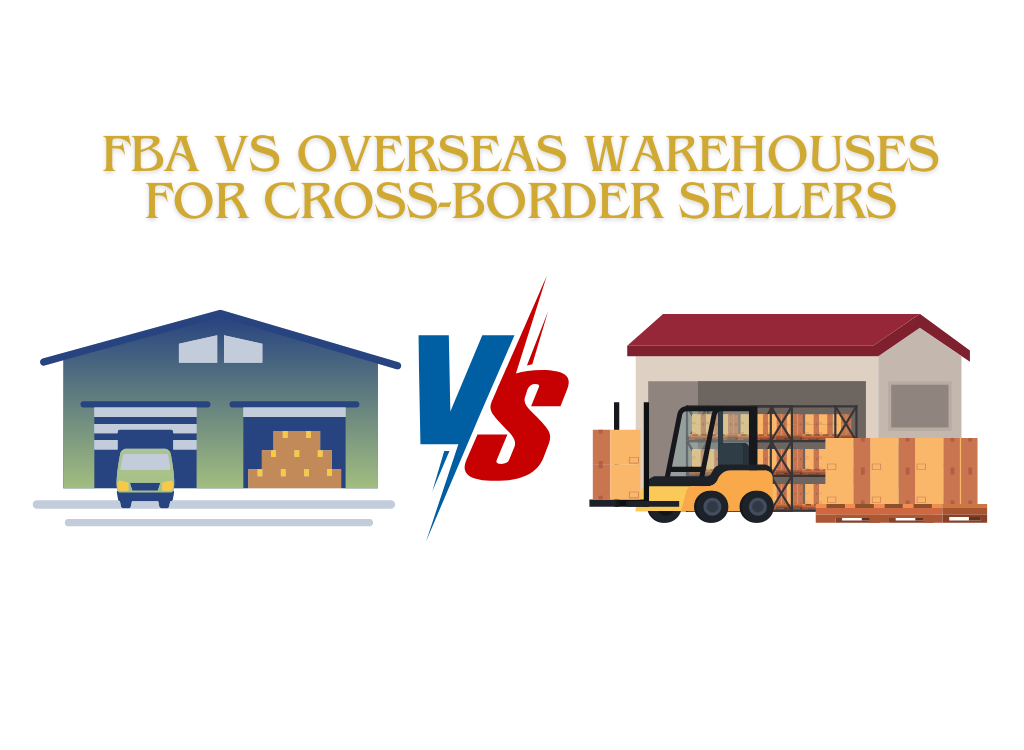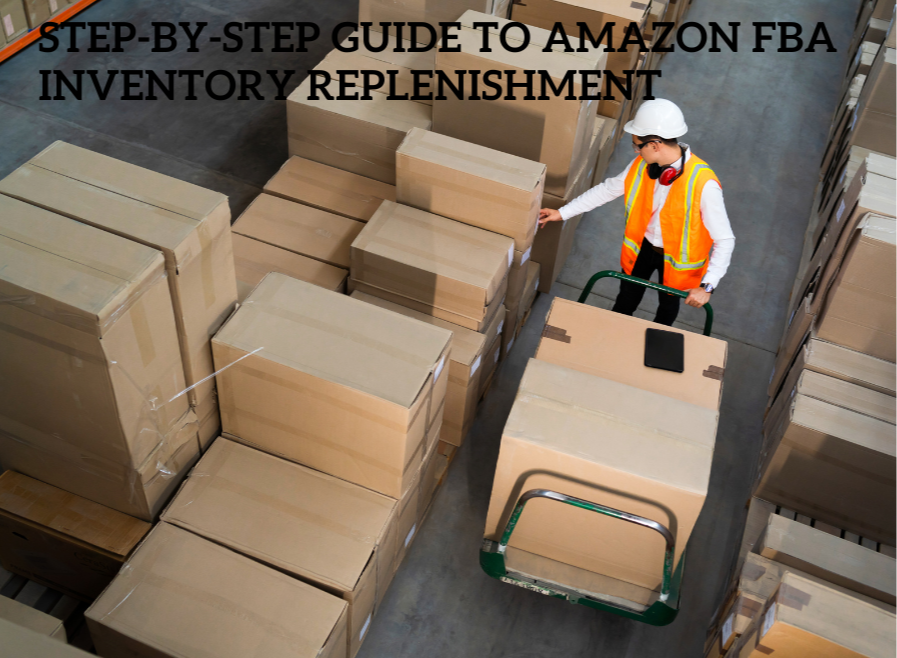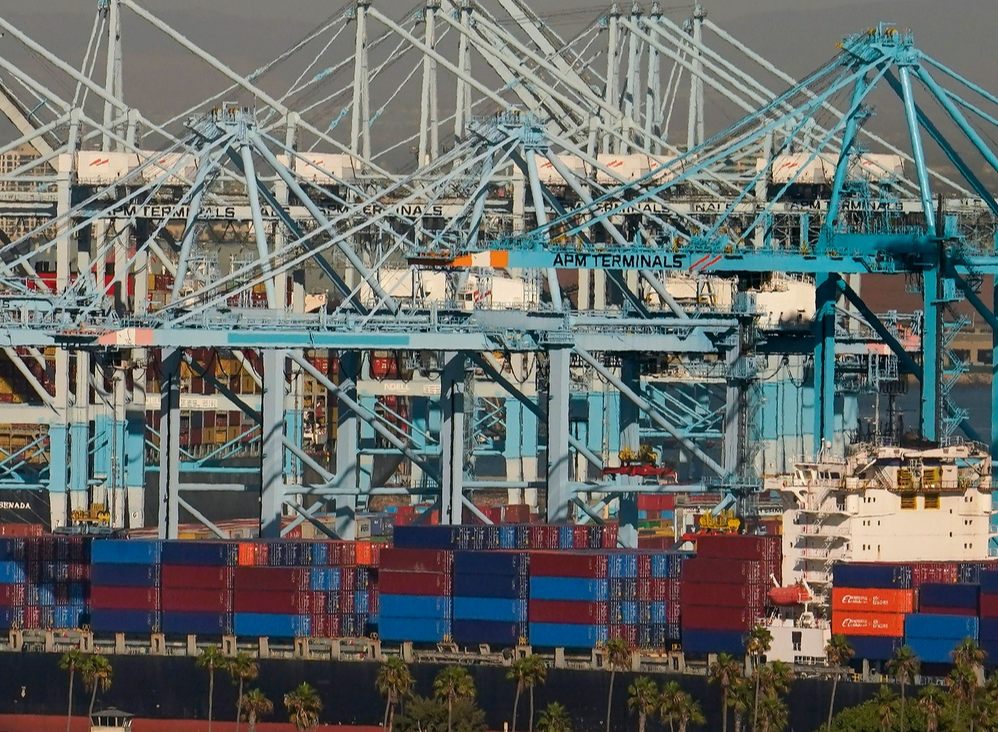FBA LCL Quote
FBA 40HQ FCL Quote
"The existence of overseas warehouses has brought great convenience to cross-border e-commerce logistics. More and more cross-border trade is gradually inseparable from overseas warehouses. So, do you know what the functions of overseas warehouses are? , how do overseas warehouses generally operate?
1. What is the Function of Overseas Warehouse?
The functions of overseas warehouses are as follows:
1) Delivery function: Overseas warehouses can provide delivery services for cross-border e-commerce sellers. Express delivery in the destination country will be much cheaper than domestic express delivery. However, with the continuous development of cross-border e-commerce in recent years, if it is still Based on the original business model of small parcel delivery, overseas warehouses will face rising warehouse operating costs and labor costs. At the same time, warehousing automation, FBA competition and Amazon’s last-mile layout will have a negative impact on the development of enterprises. Wait for a bigger impact.
2) FBA returns and exchanges, etc.: Overseas warehouses with single functions can easily be replaced. In addition, operating costs continue to grow and profit margins continue to be diluted, which directly affects the development of enterprises. It is necessary to evolve from the original drop shipping idea to a multi-functional logistics transfer center. Auto Shipping provides one-stop overseas warehousing services, including FBA returns and exchanges, transfers, reprinting or labeling, FBA product testing, cartoning, payment of customs duties, insurance, etc.
3) Bonded function: When an overseas warehouse is approved by the customs to become a bonded warehouse, its functions and uses are broader, and it can simplify customs clearance processes and related procedures. At the same time, re-export trade can be carried out in bonded warehouses, using the location of the overseas warehouse as a third country to connect the seller and buyer countries. This method can effectively avoid trade sanctions. In bonded overseas warehouses, simple processing and other corresponding value-added services can also be performed, which can effectively enrich warehouse functions and enhance competitiveness.
4) FBA transfer function: first send the goods to the overseas warehouse in the destination country by air or sea, and then, if the warehouse capacity allows, require the overseas warehouse to affix the FBA label and send it to FBA by local express, so as to reduce some links risk of delay.
5) Transportation resource integration function: Overseas warehouse system providers feel that due to the relatively small number and high frequency of international trade B2C orders, in order to better integrate the upstream supplier resources of domestic warehouses and the downstream customer resources of foreign warehouses , to meet the high-time delivery requirements of logistics, using domestic warehouses as the end point of joint distribution and overseas warehouses as the starting point of joint distribution, to achieve effective integration of transportation resources, achieve scale effects of transportation, and reduce distribution costs.
Click here learn more amazon fba warehouse location:
https://globalshippingauto.com/amazon-warehouse-locations-usa
https://globalshippingauto.com/amazon-warehouse-locations-canada
https://globalshippingauto.com/amazon-warehouse-locations-mexico
2. How do Overseas Warehouses Generally Operate?
Overseas warehousing services refer to one-stop control and management services for cross-border e-commerce sellers to store, sort, pack and deliver goods in the country of sales destination. To be precise, overseas warehousing generally includes three parts: first-leg transportation, warehousing management, and last-leg transportation (local distribution). The specific operating procedures for overseas warehouses are as follows:
1) First-leg transportation: Cross-border e-commerce sellers transport goods to Auto’s overseas warehouse in the destination country through other methods such as sea transportation, air transportation, land transportation or small parcels.
2) Warehousing management: Sellers use the logistics information system to remotely operate overseas warehouse goods and manage inventory in real time.
3) Last-mile transportation (local delivery): Based on the order information, the overseas warehousing center delivers the goods to the customer through local post or express delivery.
If cross-border e-commerce sellers choose our Auto overseas warehousing service, they must make full use of its various functions to make their cross-border e-commerce more cost-effective, worry-free, time-saving and labor-saving.
3. What are the Advantages and Disadvantages of using Overseas Warehouses?
Advantage
1. Low cost increases profit margins: Take Nacheng International Logistics’ overseas warehouses in the United States and Russia as examples. The overseas warehouses in the United States provide a 30-day free warehousing discount, and the Russian overseas warehouse provides a 90-day free warehousing discount.
2. Personalized packaging: Sellers can flexibly choose packaging that suits their products, reducing the damage rate of subsequent deliveries and reducing the return and exchange ratio.
3. Flexible return and exchange processing: Overseas warehouses provide return and exchange services for goods.
Shortcoming
1. Enterprises that have just entered the e-commerce field should not choose overseas warehouses when the shipment batch is small and orders cannot be formed quickly during the market exploration stage. Although Amazon FBA compresses profit margins, it can help sellers increase product exposure. Once the products are recognized by the market, they will consider increasing profits.
2. Amazon Prime members can enjoy free 2-day delivery in the United States. Overseas warehouses currently cannot guarantee 2-day delivery within the United States, and will need to charge a certain delivery fee.
3. Not all products are suitable for "overseas warehouses". Generally speaking, the products suitable for "overseas warehouses" mainly include:
(1) Products with large size and weight: Since the specifications of these products in small packages and dedicated line mail will be limited, and international express delivery is very expensive, using overseas warehouses will break through the product specification restrictions and reduce logistics costs.
(2) Products with high unit price and gross profit: This is because high-quality overseas warehouse service providers can control the damage rate and loss rate to a very low level, reducing risks for sellers selling high-value goods.
(3) High cargo turnover rate: what we often call best-selling products. For best-selling products, buyers can process orders more quickly through overseas warehouses and withdraw funds; for slow-moving products, corresponding warehousing fees will be incurred while occupying funds. Therefore, in comparison, overseas warehouses are more suitable for products with high turnover rates. "
Conclusion
Selecting a reliable freight forwarding company is crucial for cross-border e-commerce sellers, as it directly impacts the efficiency and safety of product transportation. A high-quality freight forwarder can ensure goods are delivered quickly and safely across the globe, while also helping sellers minimize costs and avoid potential logistical issues. The value protection service provided by Auto Shipping ensures that in the event of any loss or damage during transport, the freight forwarding company will offer compensation, thereby reducing the risk for the seller.



